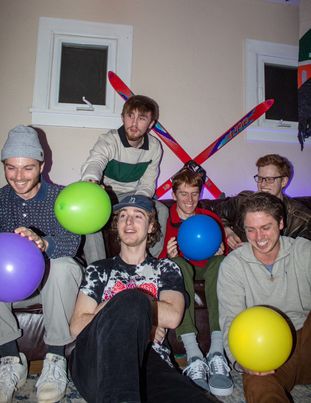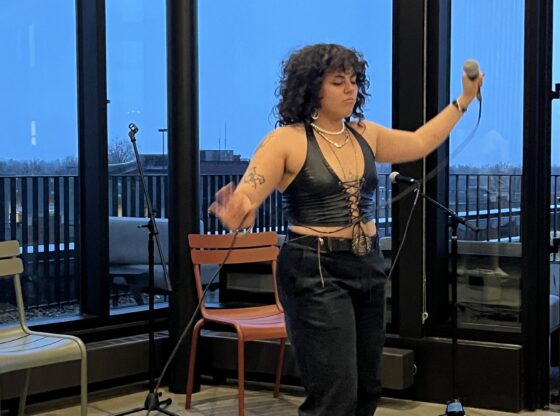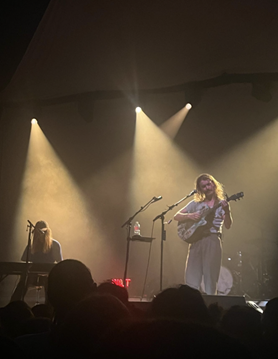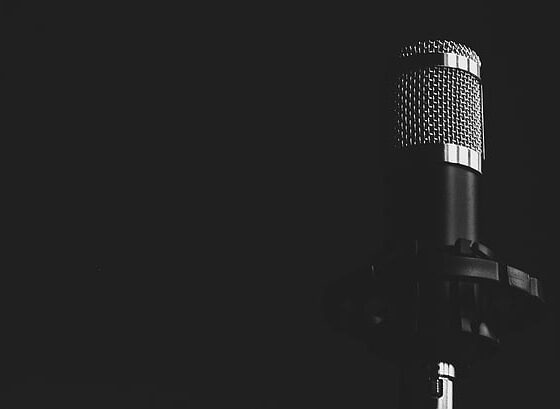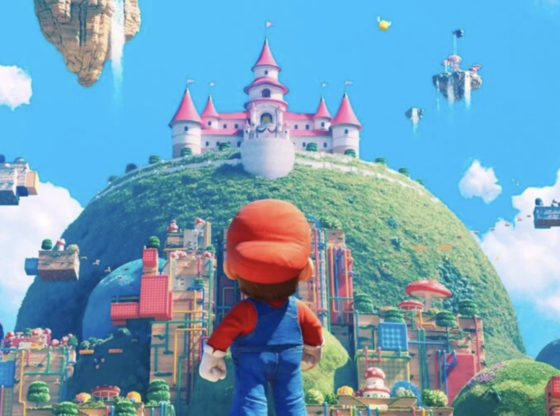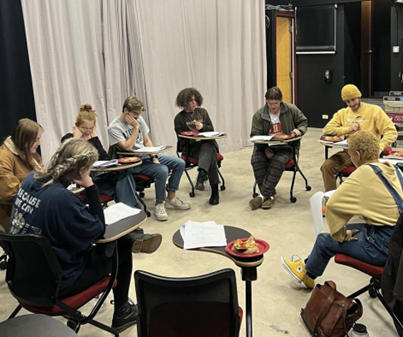The “Lunar New Year” or “Spring Festival,” is the longest and most important holiday in the Chinese calendar, spanning over 15 days of celebration.
While it might not be possible to make dumplings with family members or set off firecrackers, there are many ways that students can celebrate the 15 days of Chinese New Year, including a new exhibit at the Denver Art Museum.
Crowds gathered at the Denver Art Museum last Saturday to watch as students of the Colorado Asian Cultural Heritage Center performed traditional lion and dragon dances to celebrate the Chinese New Year, synchronizing their movements to the lively beat of drums and cymbals.
Spring Festival has deep connections with the cultural history of China.
“China originated as an agricultural society,” explained Professor Huijie Zhang, senior lecturer for the Chinese Department. “Since Chinese New Year occurs right before all the busy work of spring grazing and seeding, it has a history as the last time that farming families could all be in one place before springtime. Spring Festival has always been about reconnecting with family members.”
“In China, we celebrate Spring Festival by returning home no matter what, eating a family reunion dinner with dumplings and fish, and wearing new clothes on New Year’s Day to cleanse the New Year,” said first-year international student Zijian Zhou.
“My fondest childhood memory of Chinese New Year is receiving red envelopes filled with money from each relative,” said Zhou.
“The most important thing about Spring Festival is coming together,” said Zhang. “It is about welcoming the new year with joy and happiness.”
Another important element of celebrating the Lunar New Year is scaring evil spirits away from the household.
Many celebrate with firecrackers, fireworks or, as in the case of the Denver Art Museum, lion and dragon dances.
These dances are believed to summon good luck because they scare away evil spirits with loud music and fearsome acrobatic feats.
“The Denver Art Museum is really spectacular,” said Nghia Luu, a lion dance performer. “They have us come here to promote the cultural side of art in addition to the physical one.”
Available only until Jan. 29 are two temporary exhibitions, “Xu Beihong: Pioneer of Modern Chinese Painting,” featuring the well-known paintings and drawings of renowned artist Xu Beihong, and “Threads of Heaven: Silken Legacy of China’s Last Dynasty,” presenting elaborate court robes and accessories from the Qing Dynasty.
“The Xu Beihong exhibit was awe-inspiring,” said Zhou. “I’ve only ever seen his work in textbooks. He is a real leader in art, and seeing his paintings was an unforgettable experience.”
General admission for students to the Denver Art Museum is $8, while admission to the entire museum including the two temporary exhibitions is $11.


